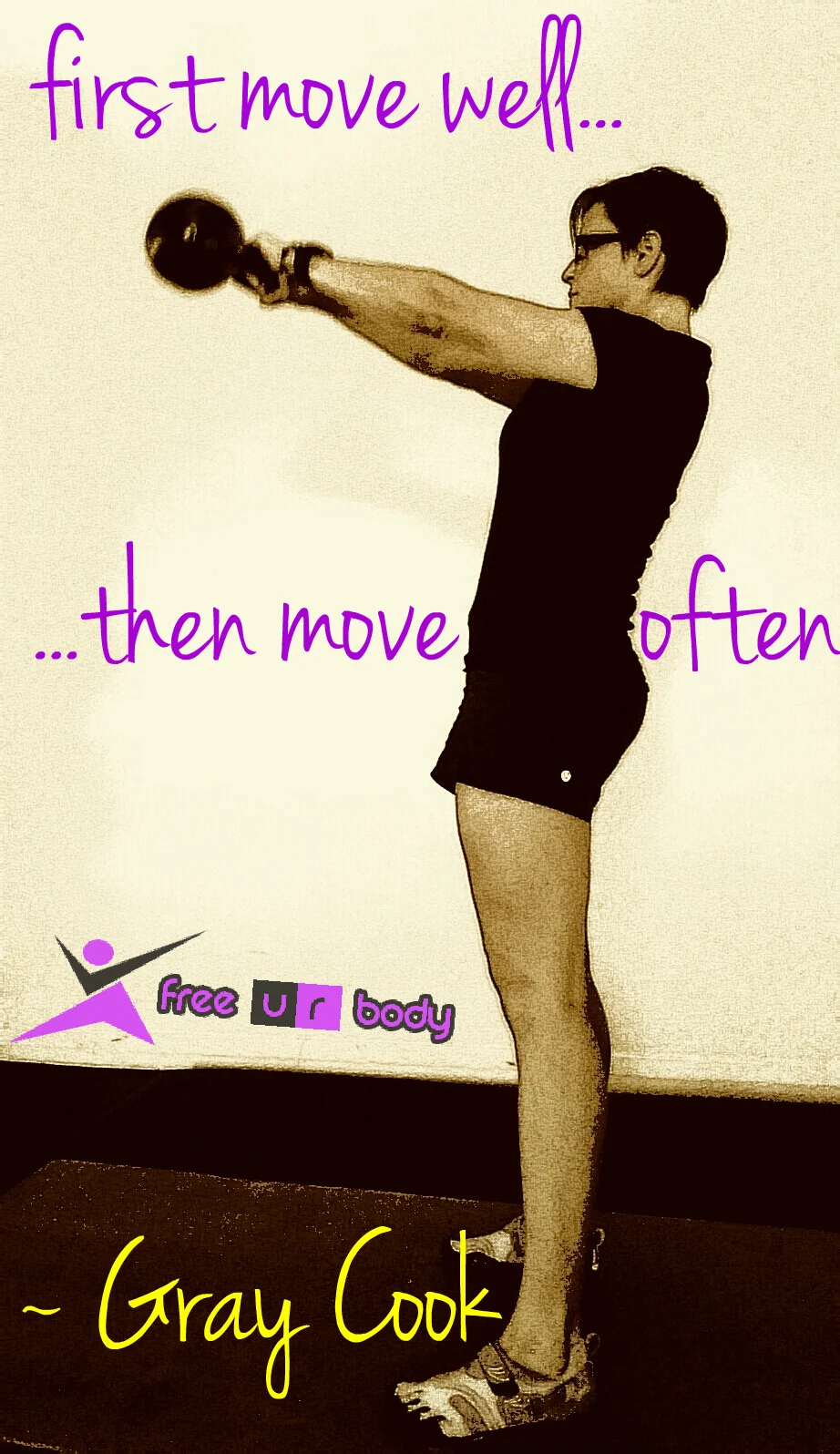"Your hips, knees & ankles should stay in alignment during take off & landing. A good landing should absorb force through the hips, knees & ankles; the muscles on opposite sides of the joints work in partnership to allow the extensor group to first quickly lengthen and then shorten again to absorb and control joint bending. This does not necessarily come naturally to some athletes. Instead of springs in their joints, the supporting muscles fail to change length in a coordinated fashion and the athlete lands with their joints locked, causing a jarring sensation and reducing their ability to move easily from the landing position." ~ Joanne Elphinston.
Another common trend with box jumps is landing on the box with your heels hanging off the edge, this can add extra strain through the calves and achilles, leading to inflammation and injury. Make sure your whole foot lands on the box to avoid unnecessary injury.
There are 3 key components for vertical force management:
1. Unlocking the hips
Unlocking the hips involves a small movement that fractionally lowers your centre of gravity while maintaining a vertical trunk (the initial phase of a squat), this releases tension in the hip flexors & lower back which makes a spring action available in the hips. This allows for efficient functional motor patterning and the possibility of glute activation. It is extremely important to be able to separate hip movement from spinal movement as it is common to couple hip flexion with back extension (compressing the lumbar spine) or couple hip flexion with spinal flexion tilting the pelvis under (increasing load in the lumbar spine), both of these compromise the spine.
2. Dropping the centre of gravity
The natural squat (air squat) is the most direct method for dropping the centre of gravity. Adequate ankle, knee & hip mobility is required and an ability to control your balance point in the squat. To find your balance point practice sitting in a squat and shifting your weight from heel to ball of foot (whilst still keeping your heels on the ground) until you find a comfortable position where you feel balanced and as if you can move sideways, forwards or upwards if you choose to but still be in balance. Once you have this, practice dropping into your squat and bouncing back out of it with little effort. Once this is mastered, effective shock absorption in box jumps becomes easier. Essentially, this is the motion used at the top of the box to absorb the impact.
3. Shock absorption
If the forces are not absorbed in the hip and knees, they are either forced downwards, causing a pronatory collapse at the foot and ankle (weight on the inside of the foot as foot rolls inward), or they shunt up into the hip or sacroiliac joint. Smooth, co-ordinated hip and knee bending keeps vertical forces flowing down and out. If this motion is blocked at the hip and knee by over-contracting the muscles around them (splinting effect at the legs), the pelvis stops moving downwards and the force from above crashes into the lower back. This can cause a buckling effect in the spine, and over time, lower back pain. Alternatively, the knees can collapse inwards as another compensation strategy for force absorption. This causes stress at the knees and ankles and lead to various injuries.
So in order to stay injury free and not over stress your joints it is imperative to look at your box jump form if this is a movement you do on a semi-frequent basis.
Learn how to do good technique of all strength movements & gain more mobility & strength through life by joining our Your Moov strength program.








